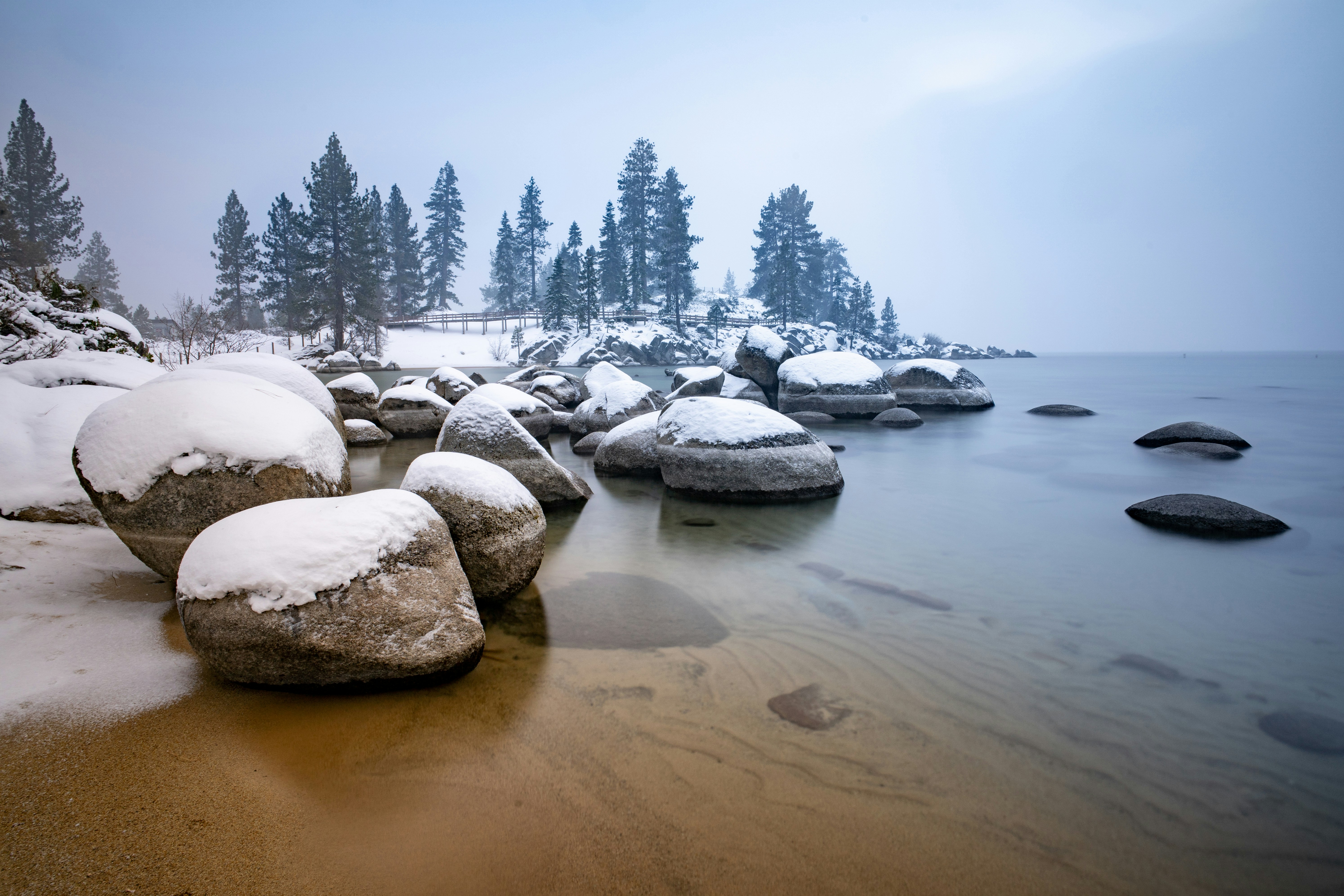Have you ever wondered how taking a cold shower or plunging into icy waters affects your body? More specifically, what happens to your adrenal function when you’re exposed to the cold? These questions may not occur to you every day, yet they form the foundation of understanding how your body responds to challenging environments. Through this exploration, you can better appreciate how cold exposure impacts adrenal health and overall well-being.
Understanding the Adrenal Glands
Your adrenal glands are small, but powerful glands perched on top of each kidney. They’re integral to your body’s endocrine system, producing hormones such as cortisol and adrenaline, which help you respond to stress. Imagine your adrenal glands as tiny, diligent workers, regulating crucial functions that keep you alive and thriving.
Anatomy and Function
The adrenal glands consist of two main parts: the cortex and the medulla. The cortex is the outer layer, responsible for producing hormones like cortisol, aldosterone, and androgens. Cortisol, often dubbed the stress hormone, plays a vital role in managing how your body uses carbohydrates, fats, and proteins.
Meanwhile, the medulla, the inner portion, produces adrenaline and noradrenaline. These are catecholamines, hormones that manage your fight or flight responses, aiding in managing stress and physical exertion. Imagine these hormones as your body’s personal alert system, priming you to handle what comes your way.
The Science Behind Cold Exposure
Cold exposure isn’t just about shivering in an icy environment; it’s about how your body and mind react to these low temperatures. Both history and science have shown that humans can adapt remarkably well, given the right conditions. It’s intriguing to know that your body undergoes significant physiological changes when faced with cold temperatures.
Types of Cold Exposure
You might experience cold exposure in various ways, such as through cold showers, ice baths, or more natural means like winter swims. Each method encourages your body to adjust to cold conditions, though the extent to which it can happen varies with duration and temperature.
Cold Showers
Engaging in cold showers is a relatively easy and accessible form of cold exposure. A gradual transition from warm to cold water can help you acclimate over time, reducing the shock to your system. Your body begins to adapt by improving circulation and triggering a mild stress response.
Ice Baths
Ice baths, typically used by athletes to speed up recovery, involve immersing your body in icy water. This can be a more intense method of cold exposure, promoting a robust physiological response.
Natural Cold Water Exposure
Think of those daring winter swimmers who take to lakes and seas, seemingly impervious to freezing temperatures. This method calls upon both mental fortitude and physical acclimatization to withstand harsher conditions for longer periods.
How Your Body Responds
When cold hits, your body sets off a series of responses designed to preserve heat and maintain core temperature. This includes vasoconstriction, where blood vessels tighten to redirect blood flow toward vital organs. Your body might also begin shivering–an involuntary response where muscles contract to generate heat.
These adjustments are your body’s natural way of saying, “I need to stay warm.” Alongside these physical changes, your endocrine system kicks in, notably involving the adrenal glands, which leads us to explore the effects of cold exposure on this crucial part of your body.
Impact of Cold Exposure on Adrenal Function
When you face cold temperatures, your adrenal glands spring into action. The stress from the cold prompts them to release adrenaline and cortisol, aiding your body’s adaptation. Here’s where the magic happens–your adrenal glands coordinate with other parts of the body to balance stress reactions, energy consumption, and immune function.
Adrenaline and Cold Exposure
Upon cold exposure, your adrenal medulla releases adrenaline, which can give you an energy boost and alertness, enhancing focus and physical performance. Do you remember the last time you felt the tingle of energy after a cold splash? Adrenaline is likely responsible for that electrifying wake-up call.
Cortisol and Cold Exposure
Cortisol, released from the adrenal cortex, helps your body manage the stress induced by cold. It contributes to energy regulation by ensuring there’s enough glucose for your muscles and brain, acting as a supportive mechanism when the chilly threat is prolonged.
While moderate cold exposure can help improve your resilience and stress handling, chronic exposure without adequate recovery can lead to elevated cortisol levels, potentially causing more harm than good. Balancing cold exposure with rest is crucial for optimal adrenal function.
Potential Benefits of Cold Exposure
Embracing the chill isn’t only about survival–it’s about potential benefits that could positively affect your health and wellness. When approached mindfully, cold exposure may serve as a tool for enhancing your physiological and psychological well-being.
Boosts Metabolism
Cold conditions stimulate thermogenesis, the process where your body produces heat by burning calories. Enhanced thermogenesis could boost your metabolism, aiding in managing weight and energy levels. Here’s a scenario: repeated exposure could lead to long-term improvements in how effectively your body burns energy.
Enhances Mood and Focus
Exposure to cold is stimulating, releasing endorphins that can bolster your mood. Your renewed alertness arises not just from adrenaline but also from the invigorating jolt to the system that cold brings.
Supports Immune System
Regular short-term cold exposure may strengthen your immune response. The acute stress response mobilizes immune cells, encouraging a more vigilant immune system, poised to combat potential pathogens. Yet, as with many good things, moderation is key. Overdoing it can stress the immune system rather than bolster it.
Risks and Considerations
Even though cold exposure carries potential benefits, it’s crucial to proceed with caution, especially if you’re new to it.
Overtraining or Too Much Exposure
Pushing your body too far can lead to overtraining, where stress from cold surpasses your body’s recovery capacity. It’s important to listen to your body, starting slowly and gradually increasing exposure over time.
Possible Heart and Respiratory Impacts
If you have underlying health conditions, particularly those affecting your heart or lungs, it’s wise to consult a healthcare provider before engaging in cold exposure activities, as these can impose additional stress on these systems.
Practical Tips for Safe Cold Exposure
If you’re ready to embrace cold exposure, consider these practical tips to optimize your experience. Whether you’re starting with cold showers or eyeing a winter plunge, being prepared makes all the difference.
Gradual Acclimatization
Start small. Begin with lukewarm showers, slowly turning the temperature down as you become comfortable. Allow your body and mind to adjust to the sensation over days or weeks.
Breathing Techniques
Focus on your breathing. Consciously inhaling and exhaling can help you manage the initial shock and feel more at ease in cold environments. Breathing exercises, grounded in mindfulness, offer significant benefits in enhancing your experience.
Safe Duration
Be mindful of how long you expose yourself to cold. Short sessions of two to five minutes may be more than enough at first. Pay attention to your body’s signals and adjust as needed.
Listen to Your Body
Most importantly, listen to what your body tells you. If you feel too uncomfortable, give yourself grace and return to warmer environments. The goal is to challenge yourself safely, not to endure extreme hardship.

Final Thoughts
Cold exposure can be a powerful tool for improving your wellness, predominately due to its effects on your adrenal glands and overall stress response. Exploring this practice can enhance your health, only when performed safely and mindfully.
Remember, each person’s experience is unique, and listening to your own body is paramount. With the right approach, you can harness the invigorating power of cold exposure, gaining insight into your resilience and boosting your well-being.




